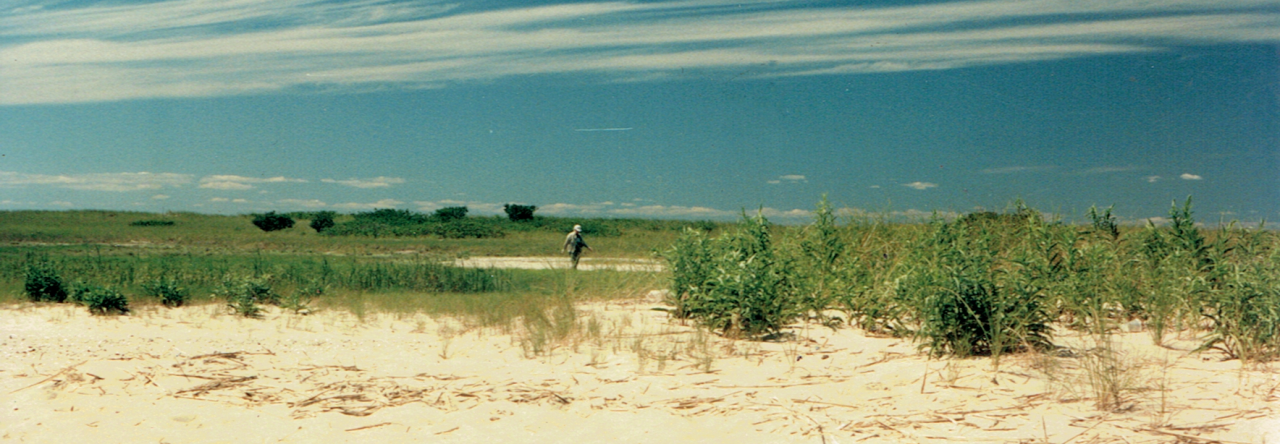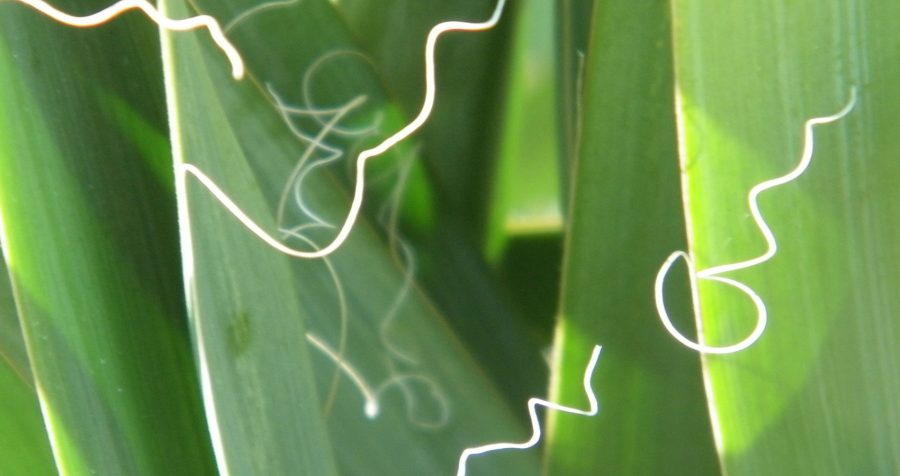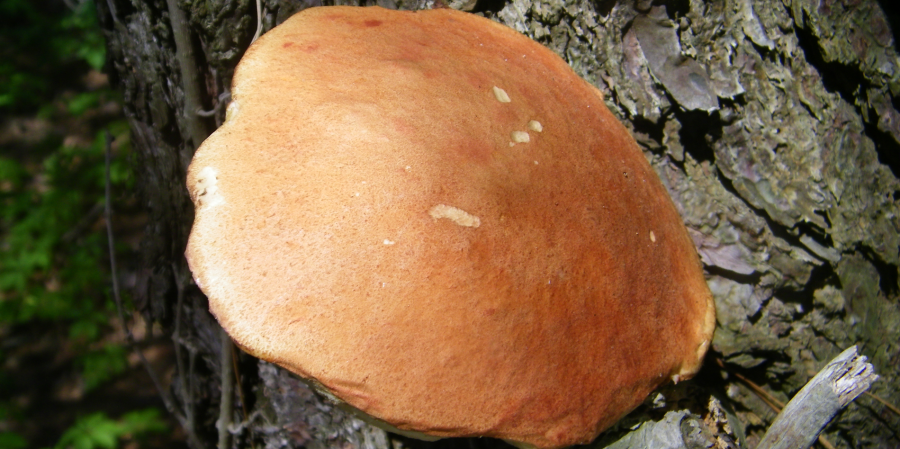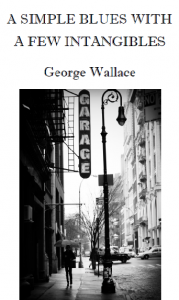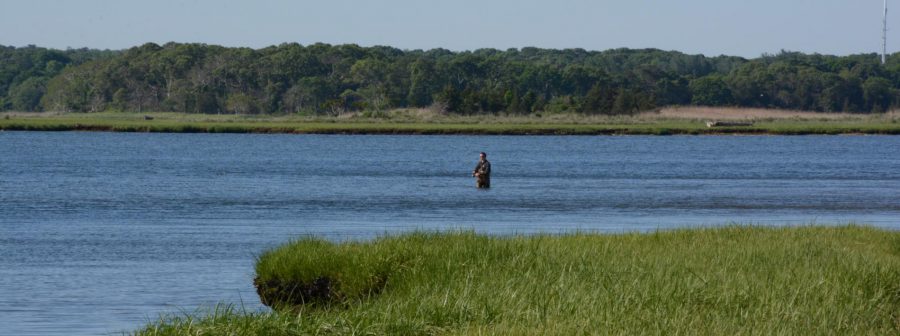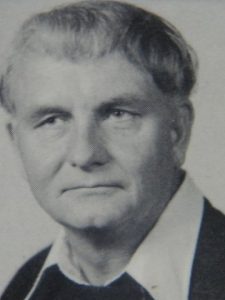As I walked passed an abandoned raised bed on Main Street, Babylon Village, I came across yucca plants. They were in the process of sending up tall flower shoots. I decided to photograph the evolving process of flowering, and seed formation. It also prompted me to write about my experiences with this plant.
Yucca can tolerate long drought and high temperatures. It is found in desert habitats but one species grows on Long Island. Scientists name it Yucca filamentosa. The species name comes from long, twirled threads that come off the edges of the sword-like leaves. I decided to transplant a yucca plant to make way for a garden. I started digging, and digging, and the root kept descending. I stopped at three feet and pulled the root. I could not. More digging, another foot and finally the plant yielded. This long tap root is why it can withstand long drought periods. There is always moisture in the ground at four feet below the surface.
